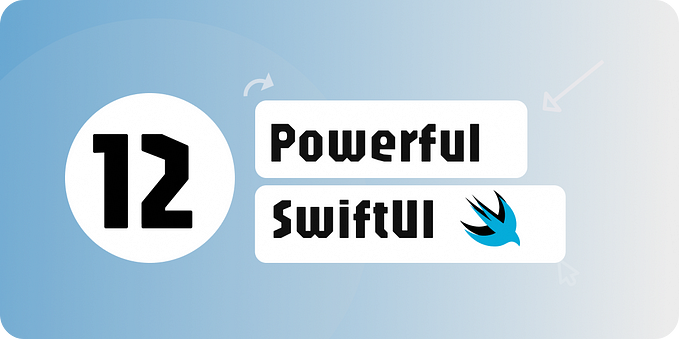You're reading for free via Julia Tsoi's Friend Link. Become a member to access the best of Medium.
Member-only story
5 reasons why virtual Hackathons are better
Minimal distraction, high working flexibility, and a decent environment. They all lead to a better outcome.
 Earlier last week, I came across a call-out for a virtual hackathon to tackle COVID-19. Being so curious about how to host such a complicated session remotely, I hit the sign-up button. When I dialed in the Zoom meeting, I found there were more than 100 students is in the call, and I, become the only participant that is from the working class. I did want to run away as being the oldest participant. However, since we formed the group already, I decided to stay a bit longer just to see how it goes.
Earlier last week, I came across a call-out for a virtual hackathon to tackle COVID-19. Being so curious about how to host such a complicated session remotely, I hit the sign-up button. When I dialed in the Zoom meeting, I found there were more than 100 students is in the call, and I, become the only participant that is from the working class. I did want to run away as being the oldest participant. However, since we formed the group already, I decided to stay a bit longer just to see how it goes.
Eventually, this hackathon became one of the best hacks that I have ever joined. Within 48 hours, my team — students from Hong Kong, Taiwan, Japan, and China, prototype a solution to help social distancing. We delivered a marketing video, poster, as well as a working prototype to demonstrate our ideas.

And when comparing the virtual hackathon with the onsite one that I joined before, I am amazed that the team is actually way more engaged and efficient. And in fact, an online hackathon could actually do a lot of goods in terms of the participants’ experience.
# 1 — Minimize distraction
In an online hackathon where everyone is isolated at their home, we actually have a minimal distraction. Our team opened up a zoom meeting to connect everyone online. Video is always on. And people only go out of the screen for food or bio break.
In physical competition, in contrast, people need to handle a lot of distractions. Examples like someone walk pass our working tables, or mentors come over to check-in.
But in an online environment, the team managed to stay focus on what we need to do and spend quality time with the mentors based on a pre-defined schedule.
#2 — Better working environment
All of our teammates worked in a decent environment for the session. We have a nice table, a comfy…
No more chaotic working table. No more random snacks on the floor. We hid in our room for 48 hours just to get the work done.

Also unlike physical hackathon, we even got the chance to bath and sleep whenever we need.
#3 — Work flexibility with the team
Previously when we work onsite and want to discuss in a smaller group, the team needs to go to a different corner of the room to avoid the noise.
However, with the break-out session in Zoom, we diverge people in smaller groups to work separately. This prevents any disturbance to other teammates and lets everyone work effectively in their task force.
When we finished the tasks, then we would bring everyone back to the main room, align and move on the next steps.
#4 — Use a digital whiteboard to align everyone quickly
In a traditional hackathon, we use a lot of stickers and flip chat to brainstorm with the team. It takes time to set up, not to mention we cannot read the hand-writing sometimes.


So for our virtual session, we leverage Mural to facilitate our whole idea generation process.
It acts as the central brain for the challenge — understanding the pain points, forming HMW statements, ideating potentials ideas, and the to-be scenario. We did it almost everything there for the hack.
Some functions, like counting time and voting, can help us control the time and align effectively. We waste no time to discuss for unnecessary stuff at all, but focus on the work and head sprightly to the end deliverables.

#5 — Everyone got time for rest
One late night for my previous hackathon, I tried to sleep on the floor with my half-dead body. It was hard as a rock, and rarely could I catch some real sleep.

But in a remote setting, I literally went to bed around 3 am that night and came back online at 9 am with my refreshed mind. Not just recharging my body and mind, but also give me time to sleep on the ideas and take it to the next levels.
Confident. Determined. Empowered. The team was so energetic after their full rest. And finally, this led us to the championship for the hack.
I am indeed surprised that the efficiency of the team was way better than the physical hackathon. And the deliverables that we produced is even more robust compared to any kinds I built before.
Of course, going online means we are missing out on the chance to mangle with other judges or participants, also the bond between people might not be that strong.
But overall, challenges always come with opportunities. Virtual hackathon has opened up a new way of remote collaboration, providing a platform to connect individuals globally and solve a problem as a team.
Give a try. And let me know how it goes.
Cheers.







